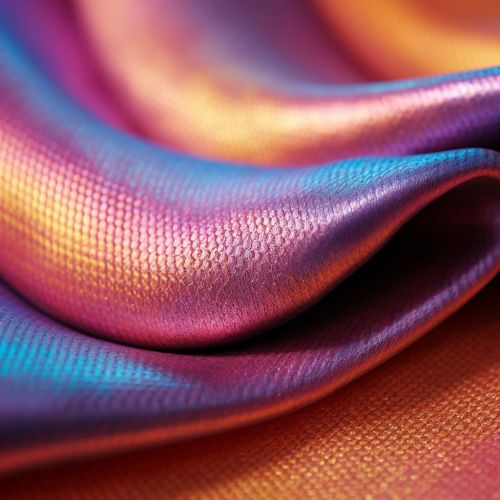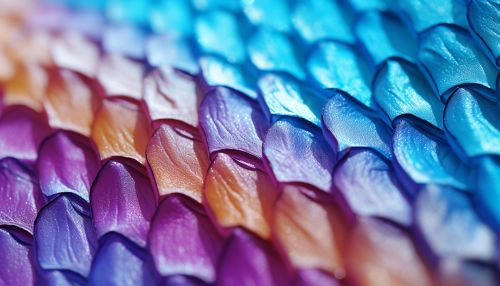Thermochromic Materials
Introduction
Thermochromic materials are substances that change their color in response to changes in temperature. This property is known as thermochromism, and it is a type of chromism, which is a general term for materials that change color in response to various stimuli.


Types of Thermochromic Materials
Thermochromic materials can be broadly divided into two categories: liquid crystals and leuco dyes.
Liquid Crystals
Liquid crystals are substances that exhibit properties between those of conventional liquids and those of solid crystals. They were first discovered in 1888 by the Austrian botanist Friedrich Reinitzer. In thermochromic applications, liquid crystals are used because they can exhibit a color change over a narrow temperature range. This property makes them ideal for precision temperature sensing and display applications.
Leuco Dyes
Leuco dyes are a type of dye that can exist in either a colorless or colored form depending on their chemical environment. In thermochromic applications, leuco dyes are often used in combination with other chemicals to create a temperature-sensitive color-changing system. This type of system is often used in applications where a broad temperature range is required.
Mechanism of Thermochromism
The color change in thermochromic materials is due to a phenomenon known as molecular rearrangement. When the temperature changes, the molecules in the material rearrange themselves. This rearrangement changes the way the material absorbs and reflects light, which in turn changes the color of the material.
Applications of Thermochromic Materials
Thermochromic materials have a wide range of applications, from simple novelty items to complex industrial systems.
Novelty Items
One of the most common uses of thermochromic materials is in novelty items such as mood rings and heat-sensitive color-changing t-shirts. These items use liquid crystals or leuco dyes to change color in response to changes in body temperature.
Industrial Applications
In industry, thermochromic materials are often used in temperature sensors and indicators. For example, they can be used in thermometers that change color to indicate different temperature ranges. They are also used in safety equipment, such as fire-fighting gear, to indicate when the equipment is overheating.
Future Developments
Research is currently being conducted into new types of thermochromic materials and their potential applications. One area of research is the development of thermochromic pigments that can be used in paints and coatings. These pigments could be used to create buildings that change color with the seasons, helping to regulate the building's temperature and reduce energy consumption.
